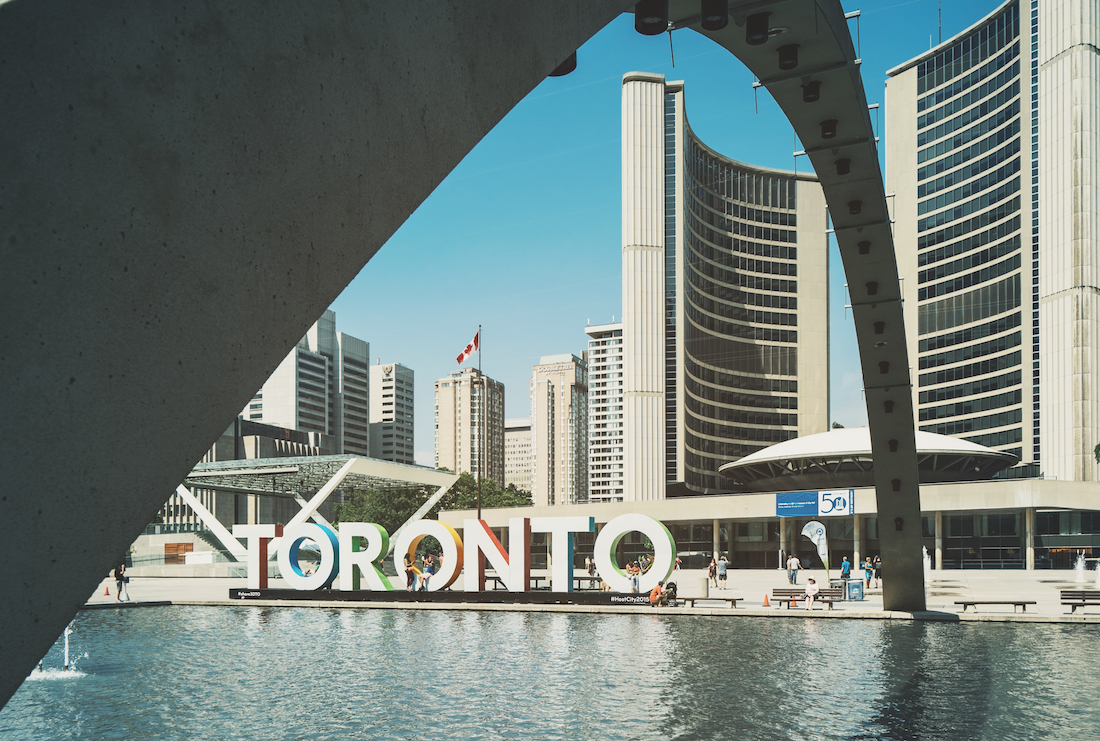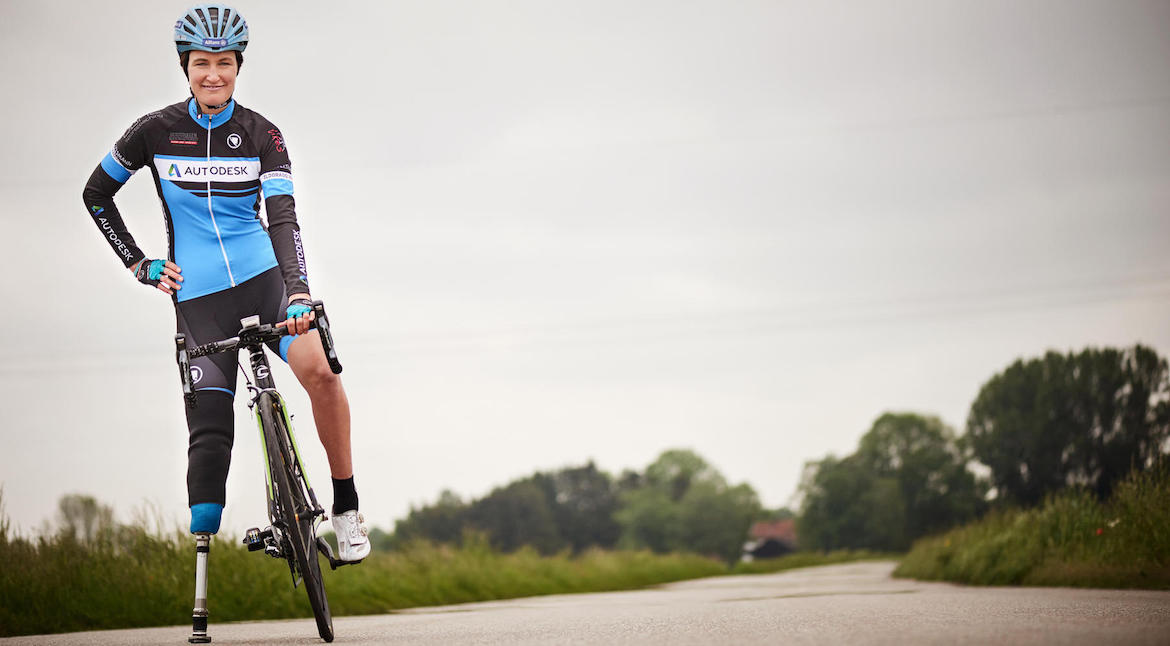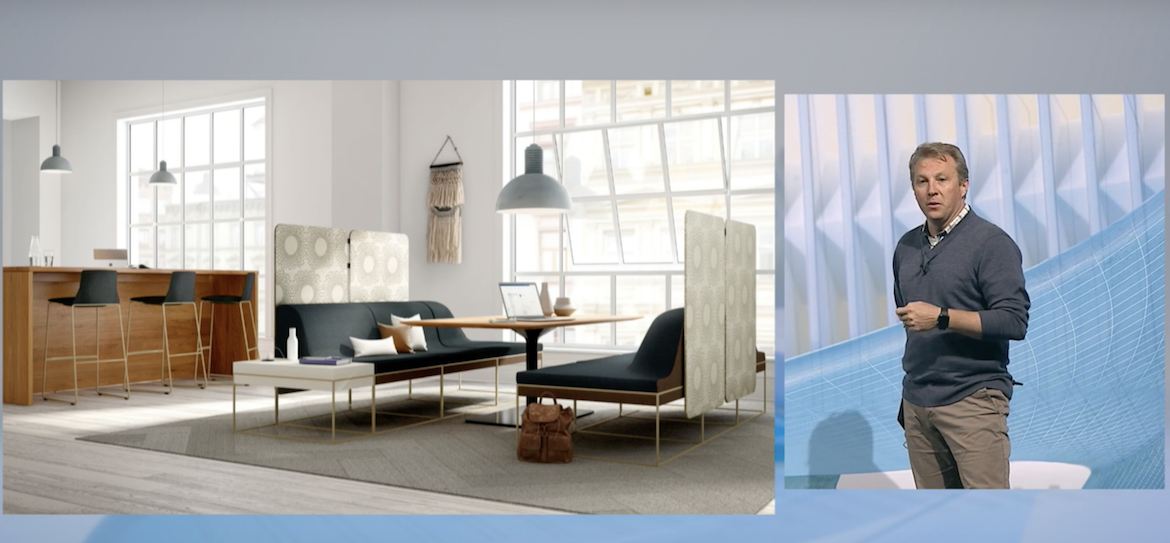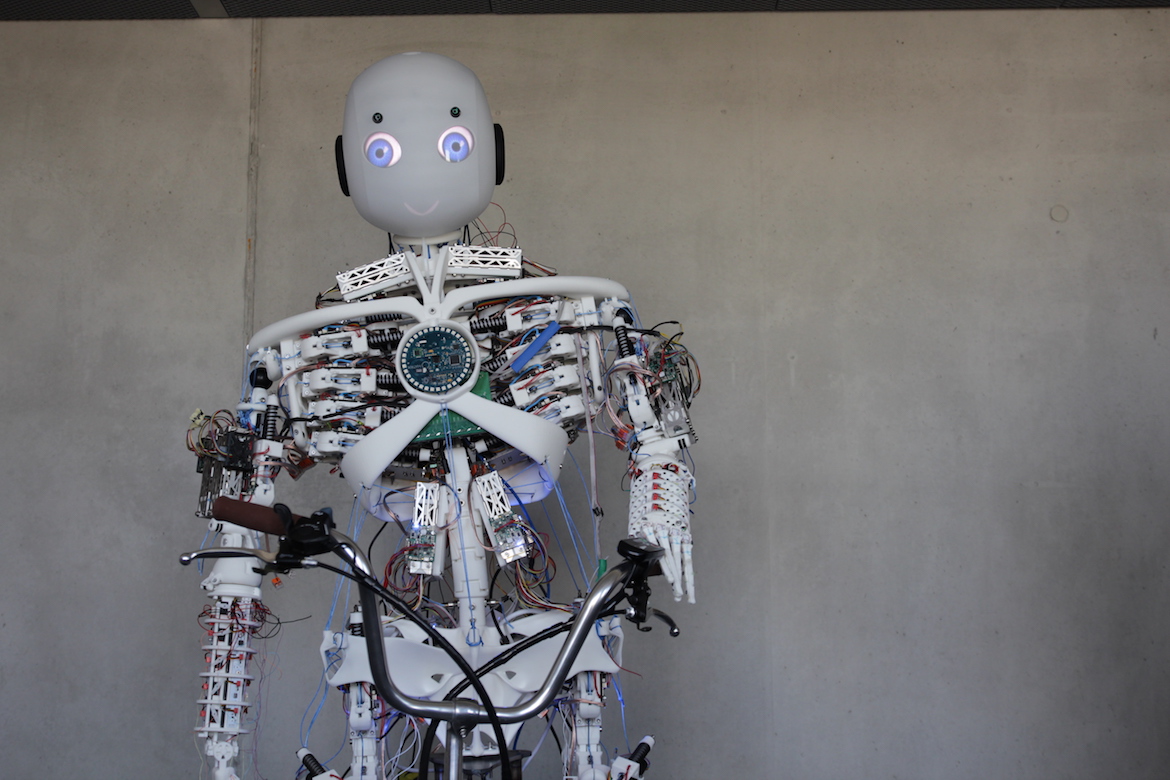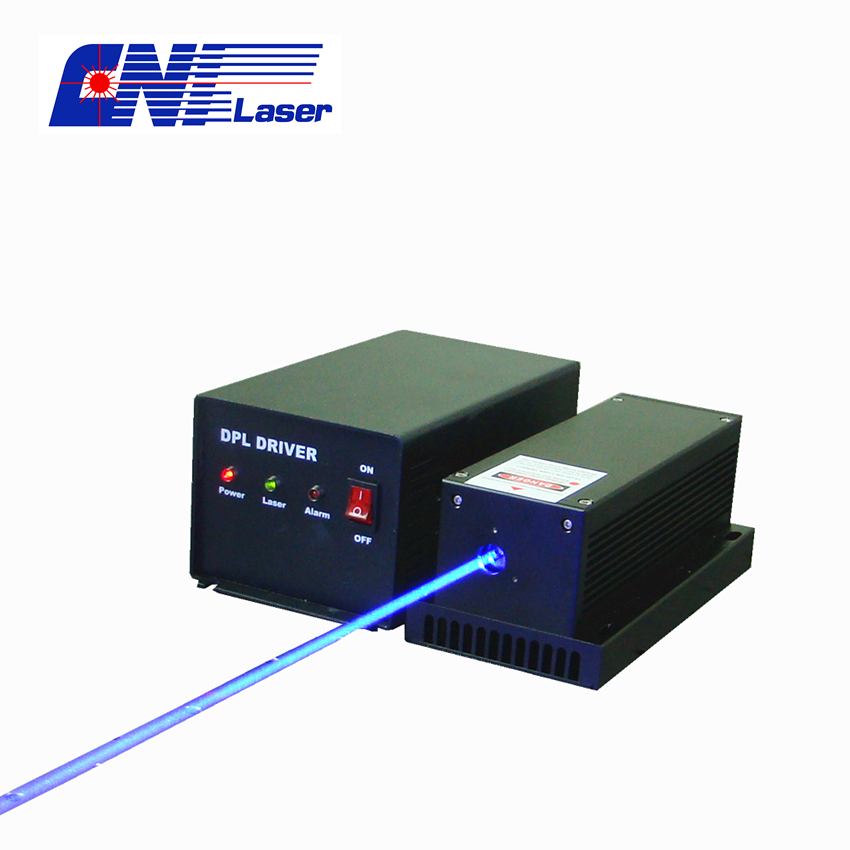It’s time to celebrate—Accelerate is turning five! To mark this milestone, we’re expanding our horizons by heading to a new city, a fresh venue, and diving into some groundbreaking topics at Autodesk’s annual product development conference. This year’s two-day event, taking place on September 19th and 20th, will spotlight the technologies reshaping the future of product development. From generative design to 3D printing, we’ll explore how these tools are bridging the gap between design and manufacturing throughout the entire product lifecycle. We’ve structured the conference around three key tracks: Design, Make, and Manage—each focusing on how manufacturers can drive innovation at every stage of the process. But why Toronto? The city is home to Autodesk’s newest office in the MaRS Discovery District, one of the world’s largest innovation hubs. Established in 2000, MaRS started as a non-profit aiming to support medical research but has since grown into a dynamic ecosystem of educators, researchers, scientists, and entrepreneurs. Autodesk moved into MaRS in late 2017, bringing with it a cutting-edge, generatively-designed workspace that attendees will have the chance to explore during the event. Photo credit: Christian Kaufmann This year, we’re excited to welcome some of our most inspiring customers who will share how Autodesk tools are transforming the way they create, build, and use products. On the first day, German para-cyclist Denise Schindler will join us. Her story is a powerful example of how technology can change lives. After losing her leg in an accident, she found her passion for cycling and eventually competed in the Paralympics. With the help of a custom prosthetic designed using Autodesk tools, she was able to push the boundaries of performance and comfort, proving that innovation can make a real difference. Stephen Goetzinger of Steelcase will be a featured speaker at Accelerate 2018 in Toronto. The second day kicks off with a look at the future of workspaces. Steelcase, known for its innovative office furniture, is rethinking how people interact and collaborate in their environments. Stephen Goetzinger, a senior application engineer at Steelcase, will share how tools like generative design and virtual reality are helping the company better understand and meet customer needs. And speaking of generative design—this game-changing approach is now more accessible than ever. Used by companies like General Motors and Stanley Black & Decker, it leverages AI to generate multiple design options based on real-world constraints. Starting October 7, all Fusion 360 commercial subscribers will get full access to Autodesk’s generative design tools, including advanced simulation and CAM features. This means users can now harness the latest in manufacturing tech from a single platform. One project already benefiting from generative design is Roboy, a humanoid robot developed by students and researchers at the Technical University of Munich. Designed to mimic human movement, Roboy can ride a bike, recognize people, and even engage in simple conversations. At Accelerate, project lead Rafael Hostettler will explain how generative design and Fusion 360 helped improve the robot’s functionality and performance. Finally, we’ll hear from other forward-thinking customers like Aclara, RAMLAB, and Hosokawa, who are using Autodesk’s cloud-based tools to streamline prototyping, adopt hybrid manufacturing techniques, and enhance collaboration across teams. These stories highlight just how transformative digital tools can be in the world of manufacturing—and why Accelerate continues to be a must-attend event for innovators everywhere.
Violet lasers are mainly diode lasers, the Laser head comes with cooling and precise temperature control system, and power supply comes with overcurrent and overheating protection function. CNI lasers have stabilized power, easy operation, reliable performance and long lifetime. Free space or fiber-coupled (SM fiber, MM fiber, homogenization fiber) output available. They are widely used in fluorescence excitation, 3D print, raman spectrum measurement etc.
Following wavelength are available for violet laser: 400 nm 420 nm 405 nm 425 nm 410 nm 430 nm 415 nm 440 nm
Violet High Power Laser: power >10 W;
Violet High Stability Laser: stability <0.1%;
Violet Low Noise Laser : noise <0.25%;
Violet Laser,Cw Diode Violet Laser,405Nm Violet Laser,Violet Laser Engraver Changchun New Industries Optoelectronics Technology Co., Ltd. , https://www.cnioptics.com